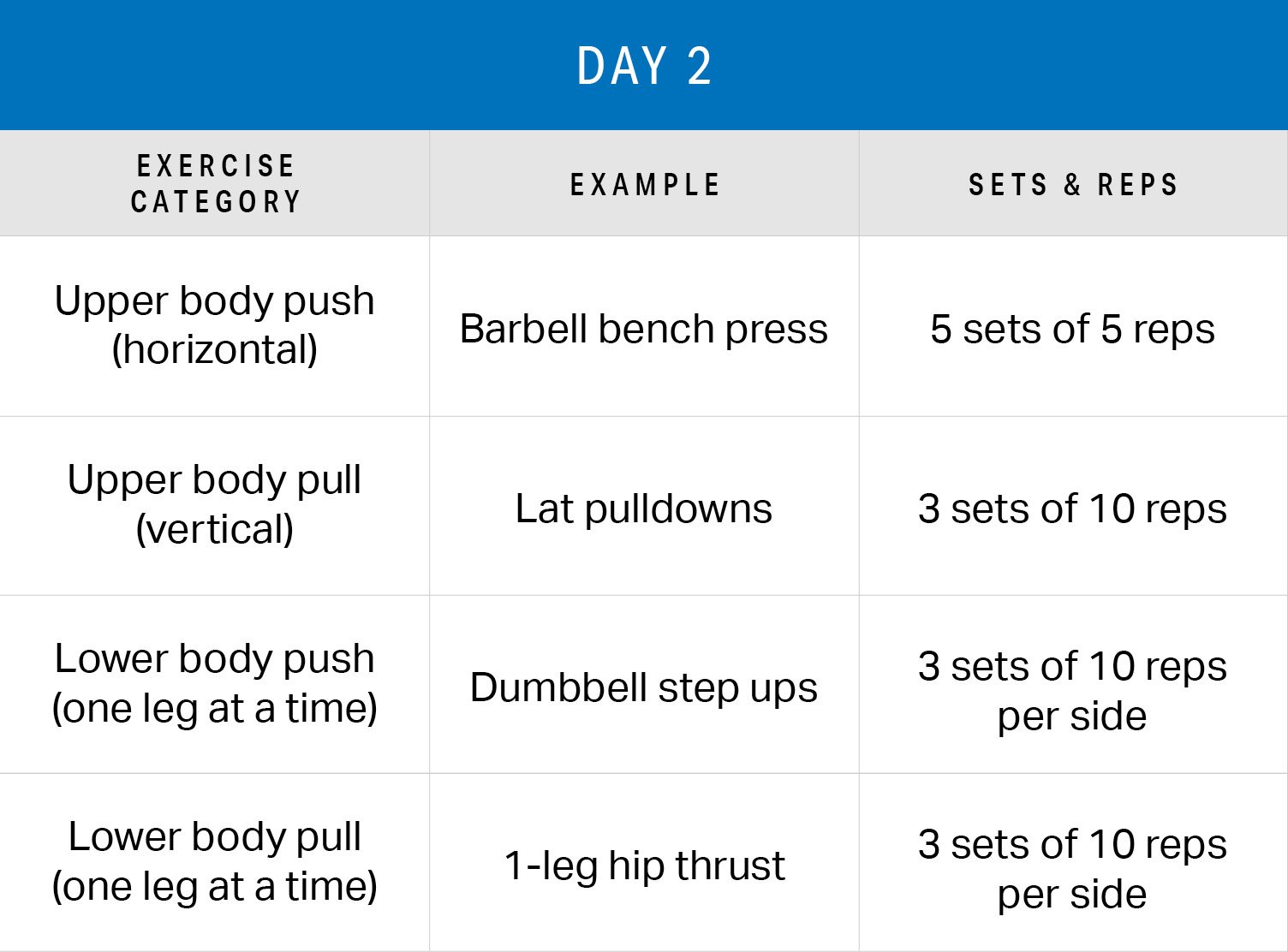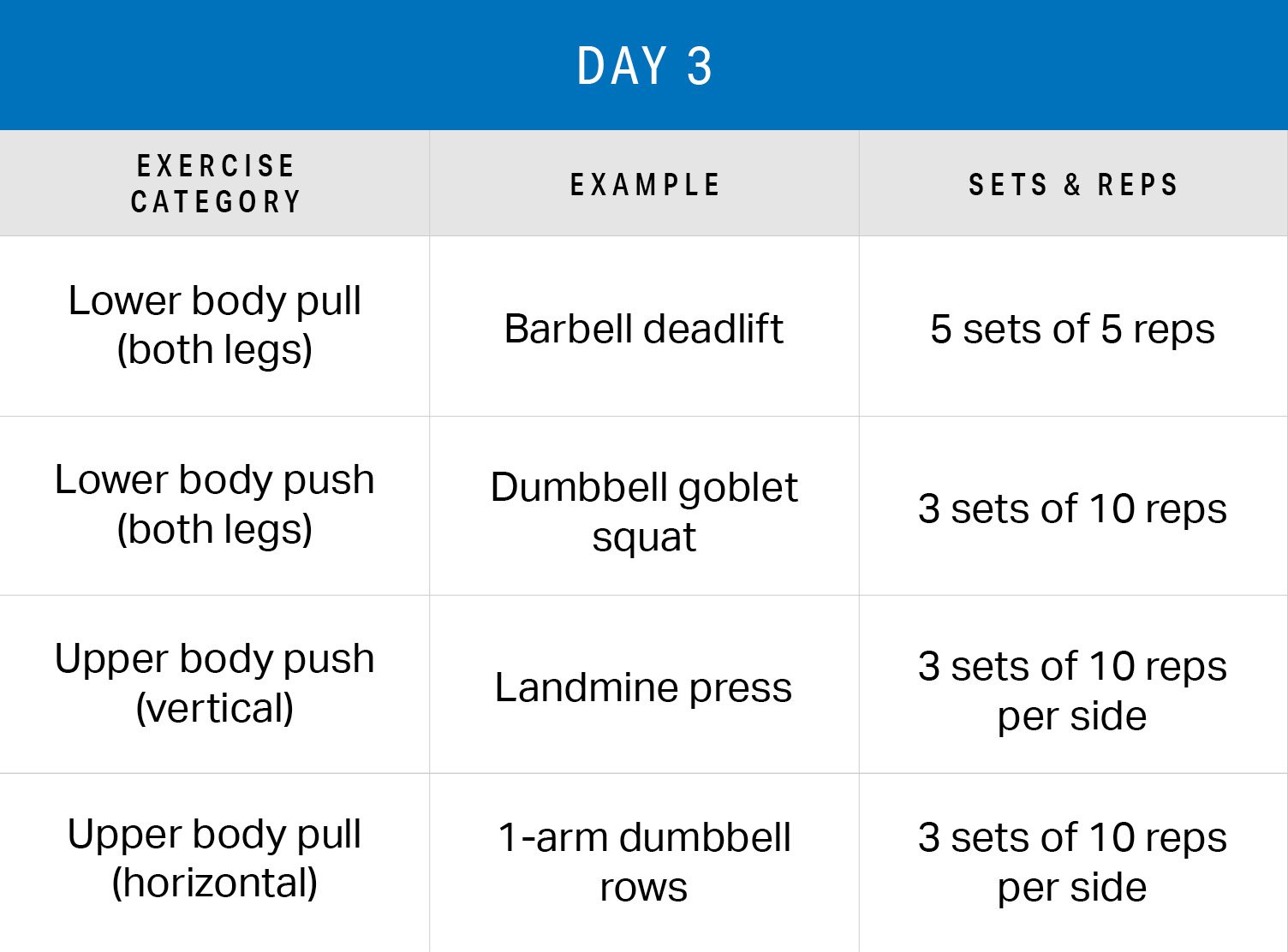If you think you need a complicated workout plan to get seriously strong, think again.
Like many things in life, simple is often better when it comes to strength training. In fact, a quality lifting program is like a perfectly cooked entrée at a five-star restaurant: Carefully crafted with simple ingredients to make each bite taste amazing.
You can simplify your lifting routine without missing out on anything important by focusing on the fundamental movement patterns instead of specific muscle groups. For example, you’ll work every muscle from head to toe if you focus on the four primary types of exercise:
- Upper body push (i.e. pushups, bench press, overhead press)
- Upper body pull (i.e. pullups, rows)
- Lower body push (i.e. squats, split squats, lunges)
- Lower body pull (i.e. deadlifts, hip thrusts)
By cutting the fluff out of your workout routine and focusing on getting stronger in these main movements, you’ll eliminate distractions and build strength with exercises that have stood the test of time.
BREAKING DOWN THE BIG FOUR
Just because using the “Big Four” approach to fitness is simple doesn’t mean it’s easy. Many of these exercises are challenging because they require the entire body to work as a unit — and that’s exactly why they’re so effective. More muscles working together means greater strength gains, improved coordination and more muscle growth. We’re going for efficiency, not novelty.
Let’s break down each of the four main movement patterns. All exercise progressions are listed from most basic to most advanced.
UPPER BODY PUSH
Upper body pushing exercises — targeting chest, shoulders and triceps — are broken into horizontal (i.e., pushing with your arms in line with your chest) and vertical (i.e., pushing with your arms overhead) categories. Typical exercises include pushups and overhead press.
Equipment: Bodyweight, barbell, dumbbells
Progressions:
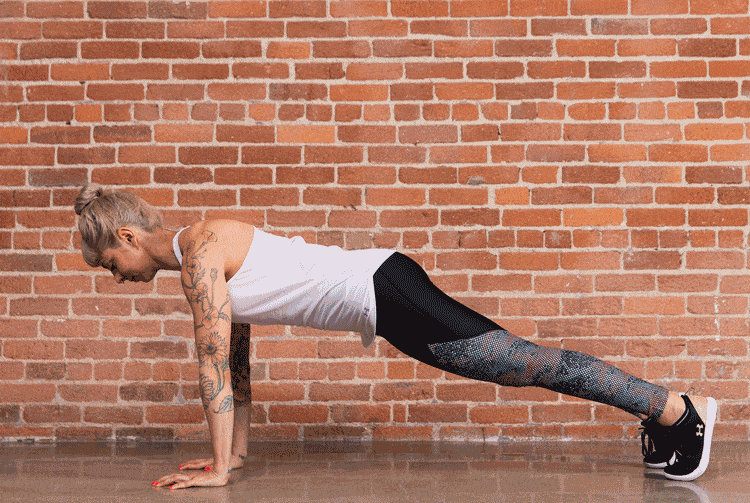
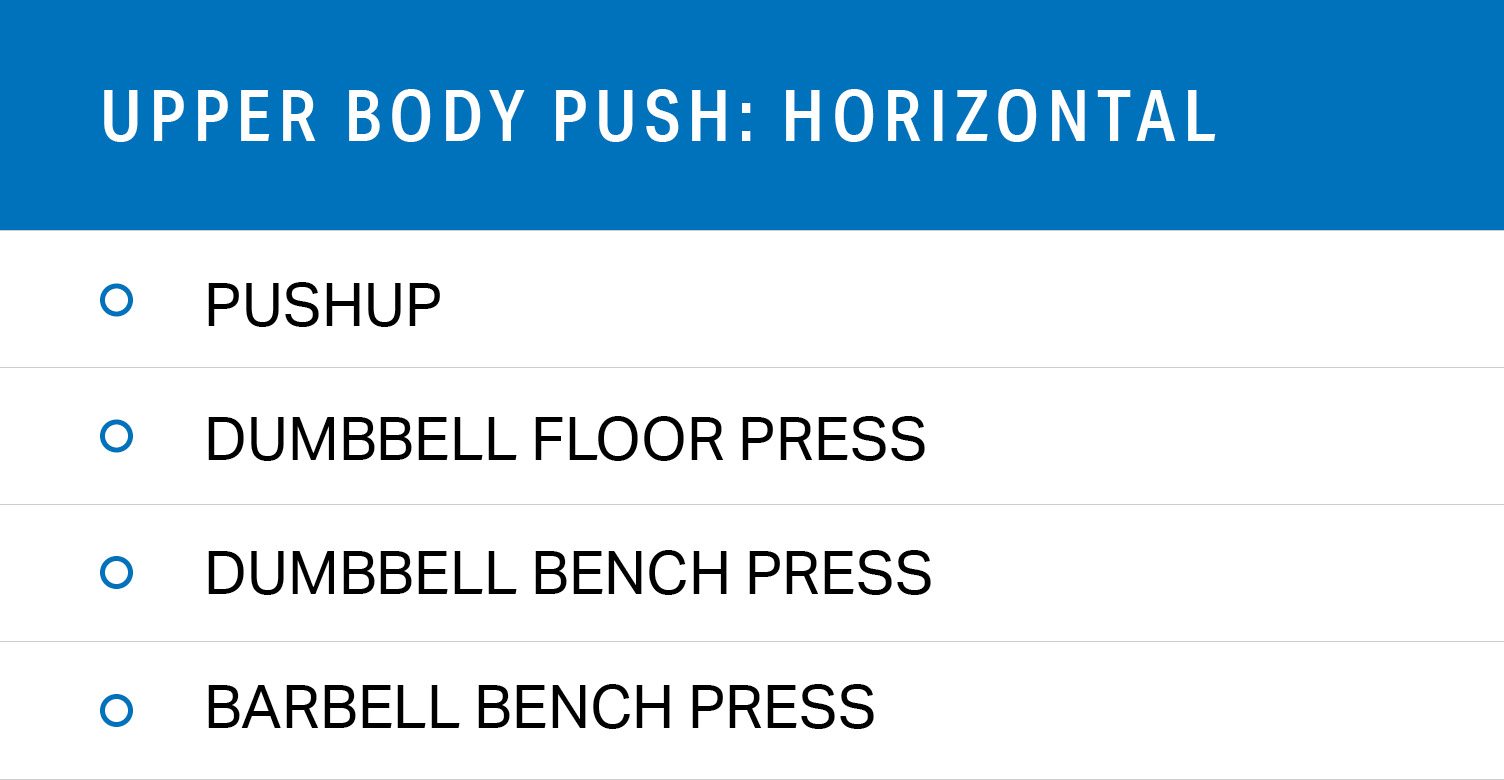
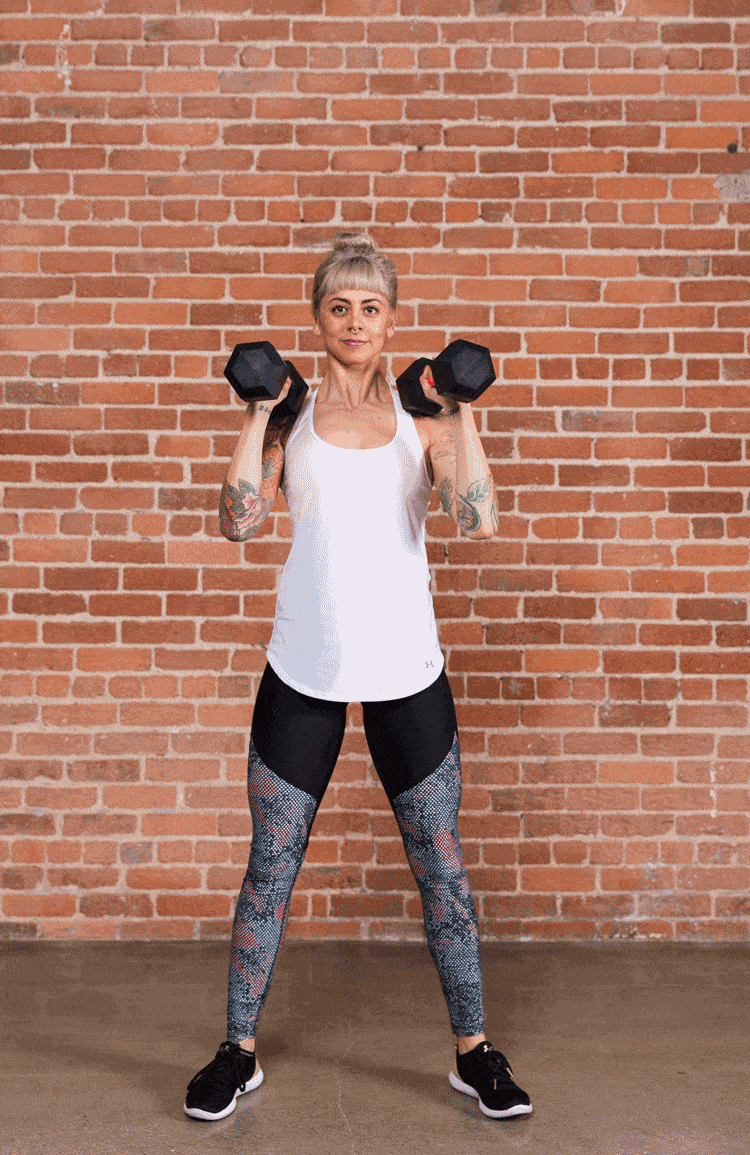
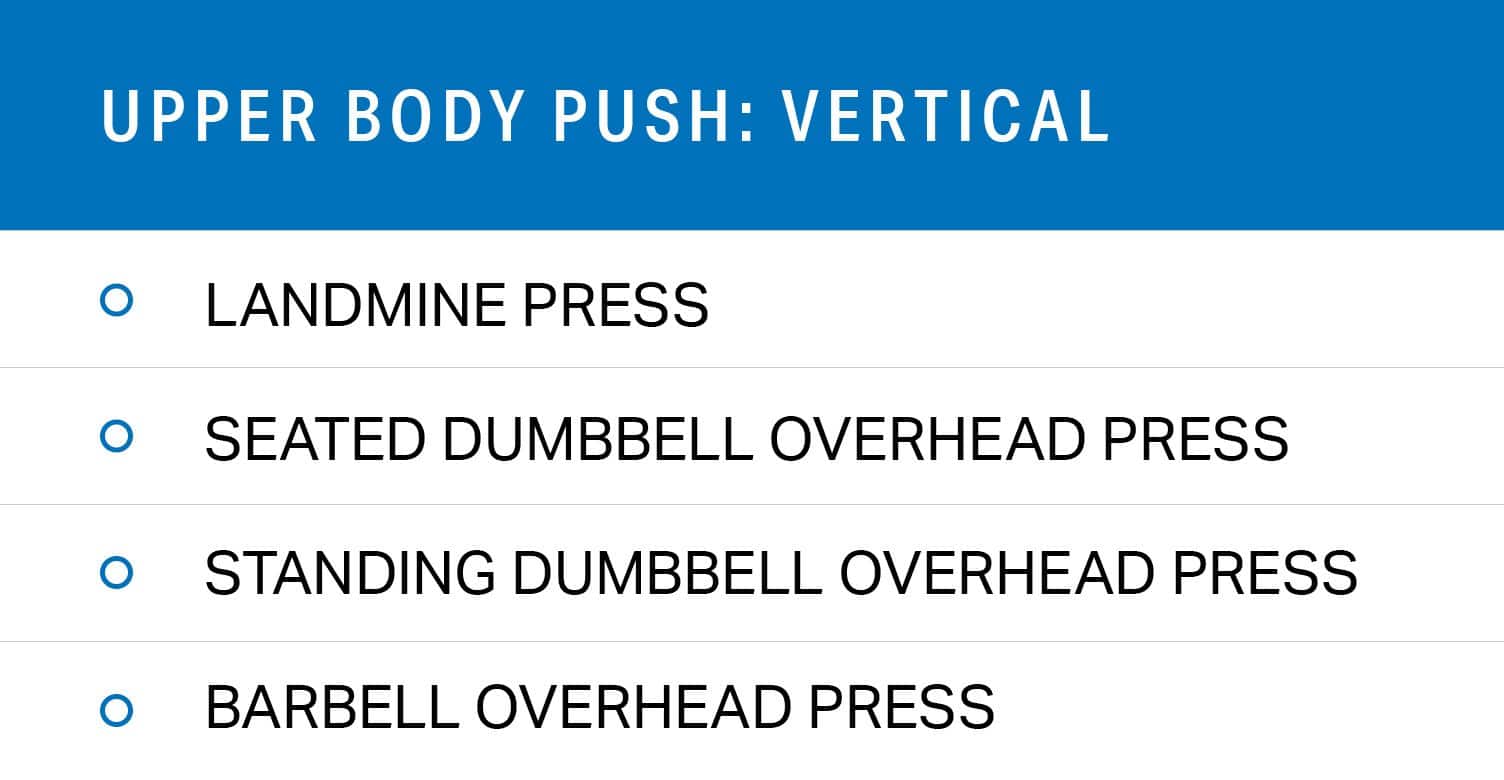
UPPER BODY PULL
Upper body pulling exercises — targeting lats, rhomboids, shoulders, biceps — are broken into horizontal (i.e., pulling the weight toward you with your arms in line with your chest) and vertical (i.e., pulling the weight toward you with your arms overhead) categories. Typical exercises include rows and pullups.
Equipment: Bodyweight, barbell, dumbbells, cable machines
Progressions:
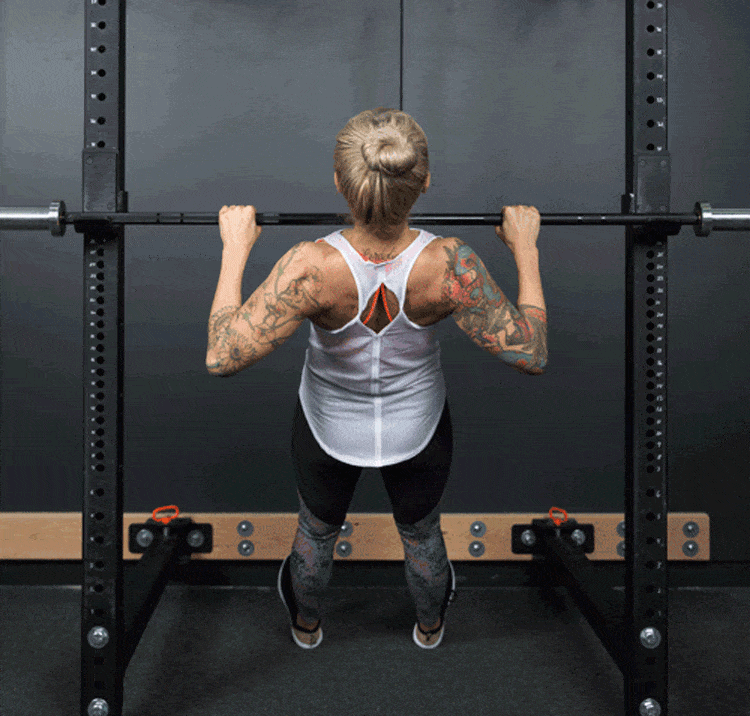
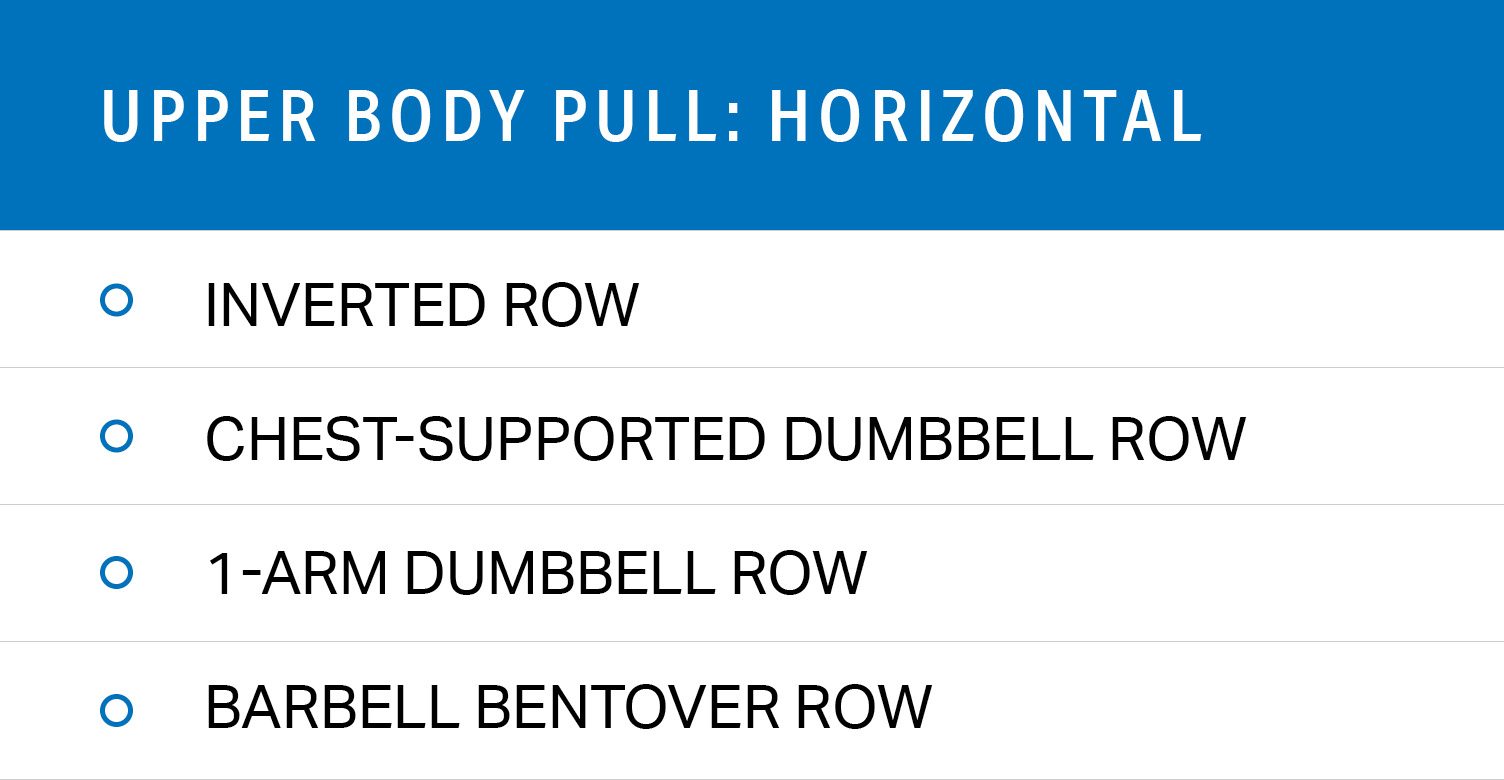
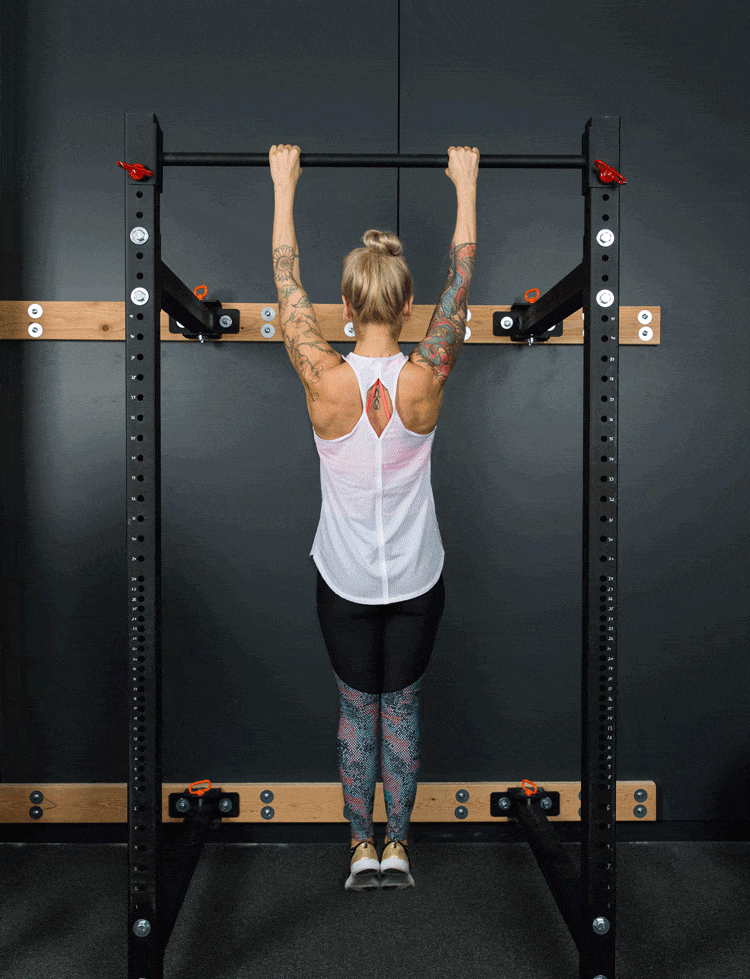
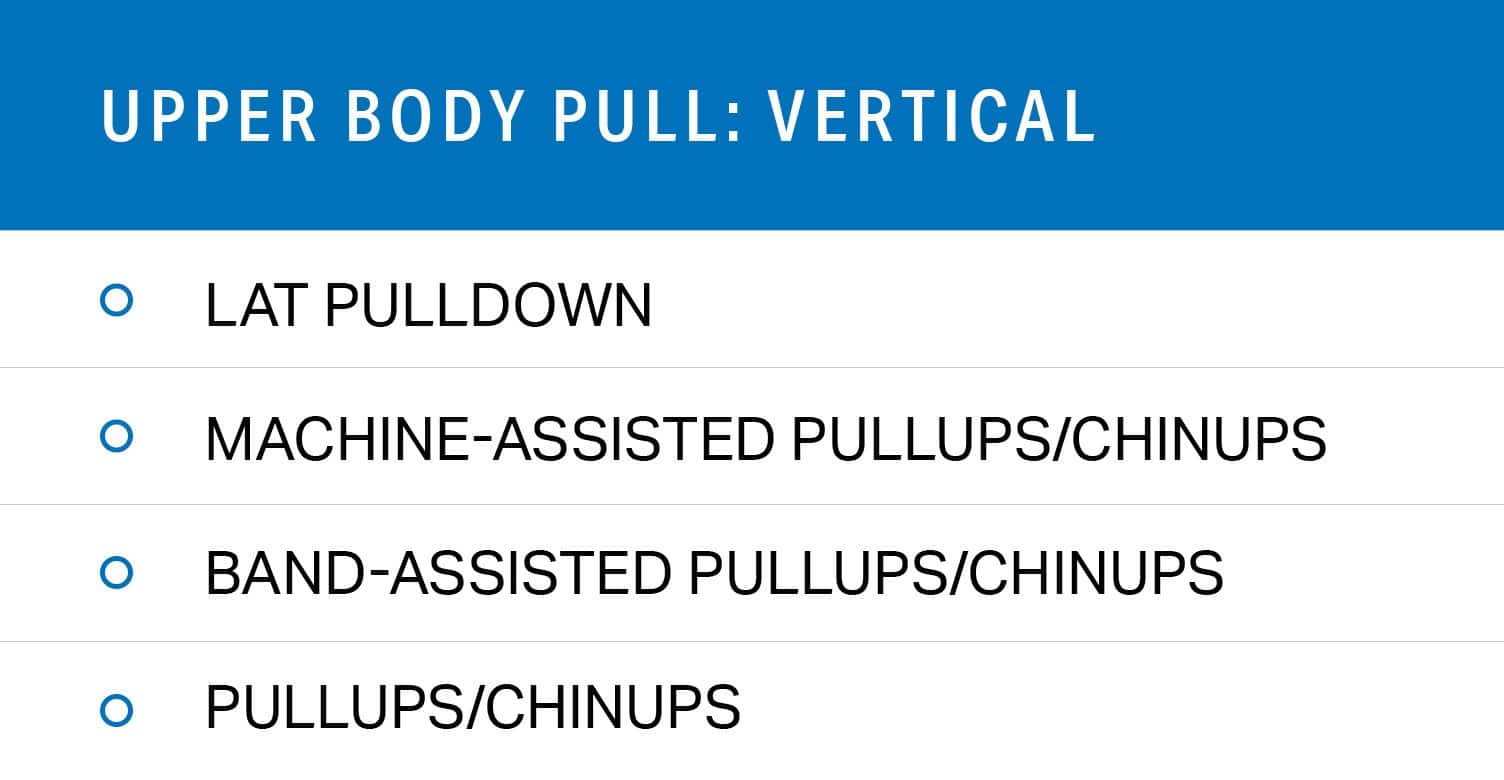
LOWER BODY PUSH
Lower body pushing exercises — targeting quads, glutes, abs — are broken into categories that involve both legs at once (i.e., squats) or one leg at a time (i.e., lunges). Typical exercises include squats and lunges.
Equipment: Bodyweight, barbell, dumbbells, kettlebells
Progressions:

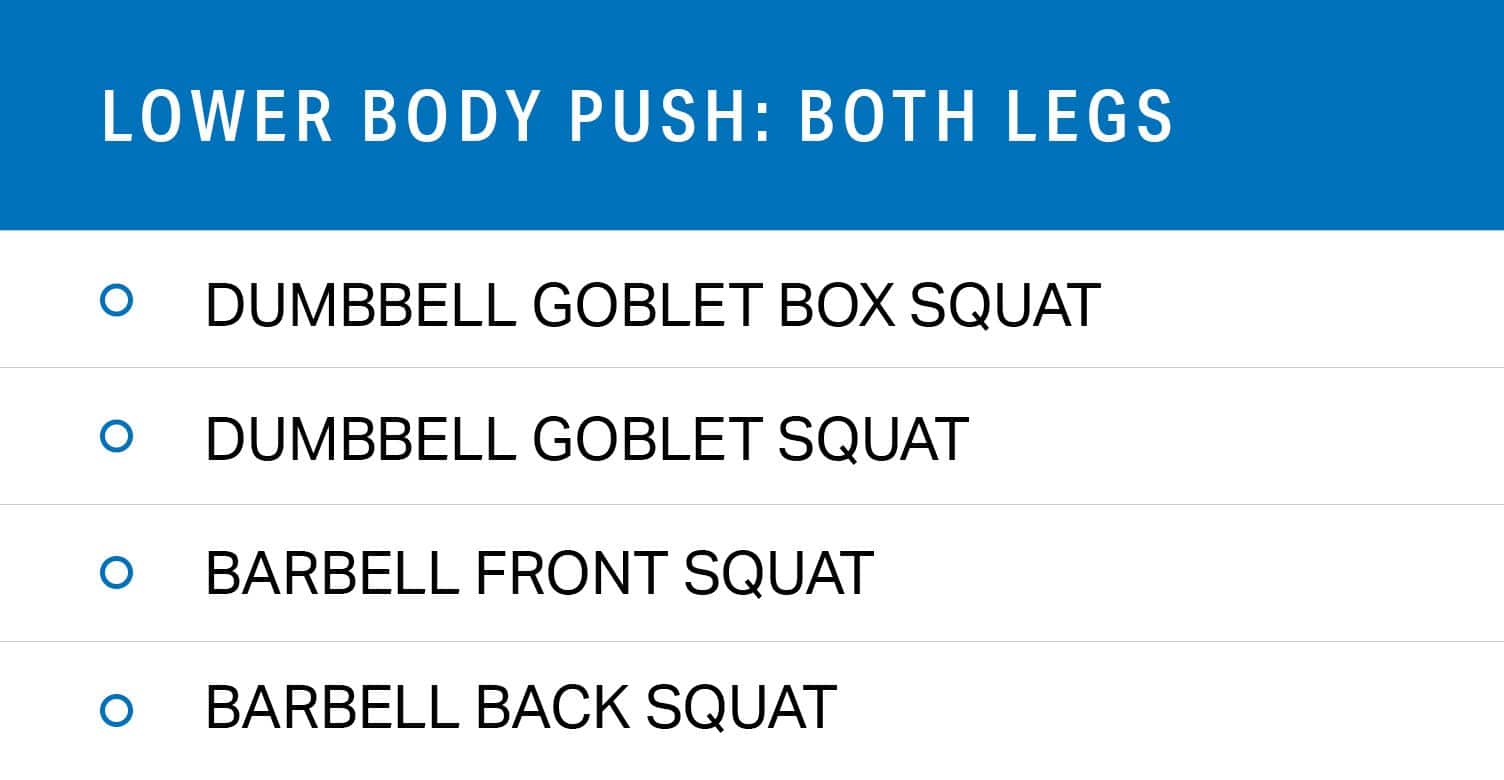

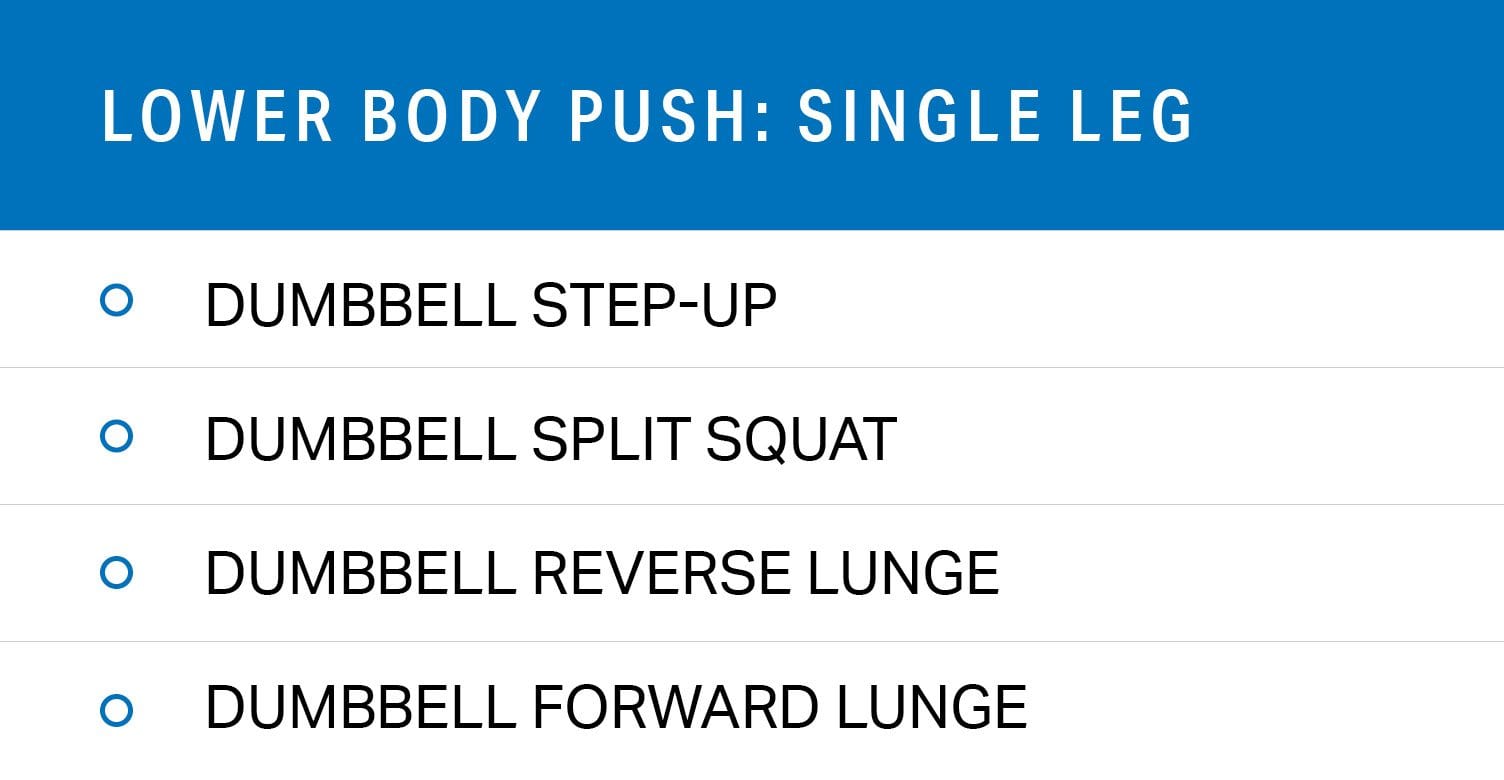
LOWER BODY PULL
Lower body pulling exercises — targeting hamstrings, glutes, abs — are broken into categories that involve both legs at once (i.e., deadlifts) or one leg at a time (i.e., single-leg deadlifts). Typical exercises include glute bridges and single-leg deadlifts.
Equipment: Bodyweight, barbell, dumbbells, kettlebells
Progressions:
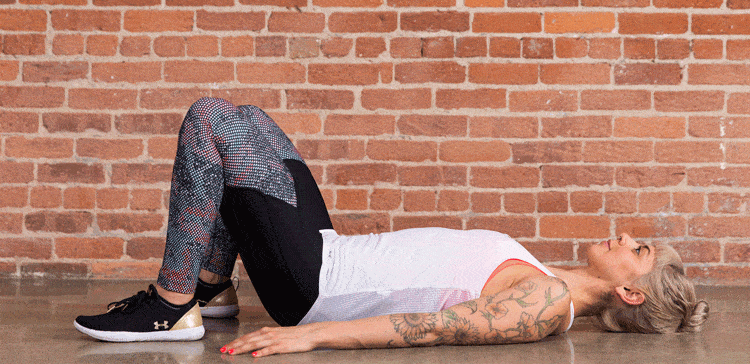
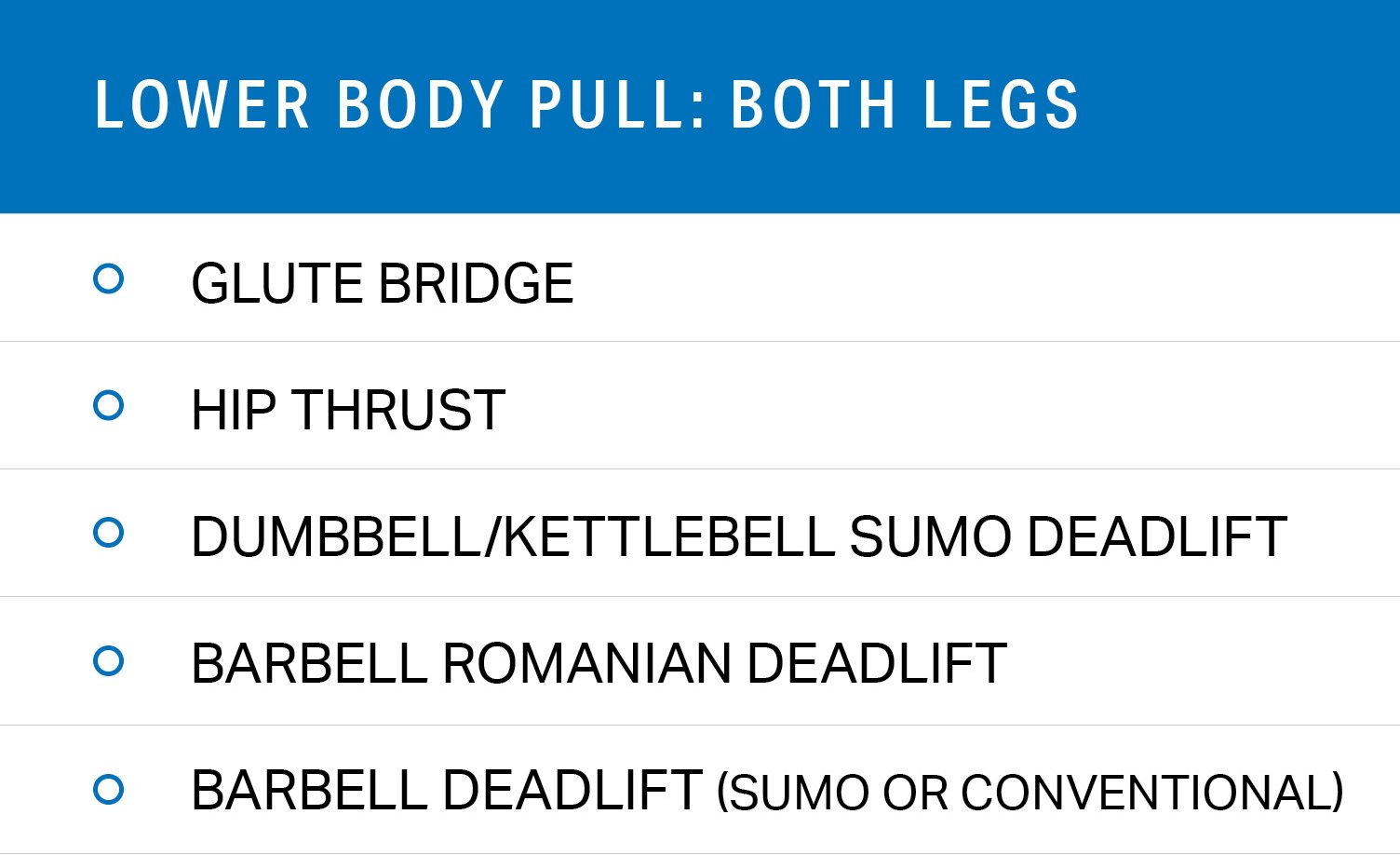
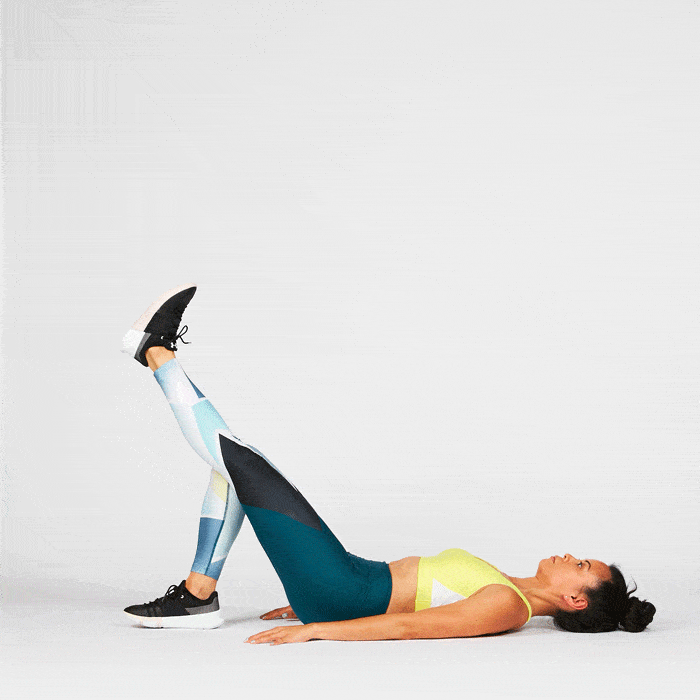
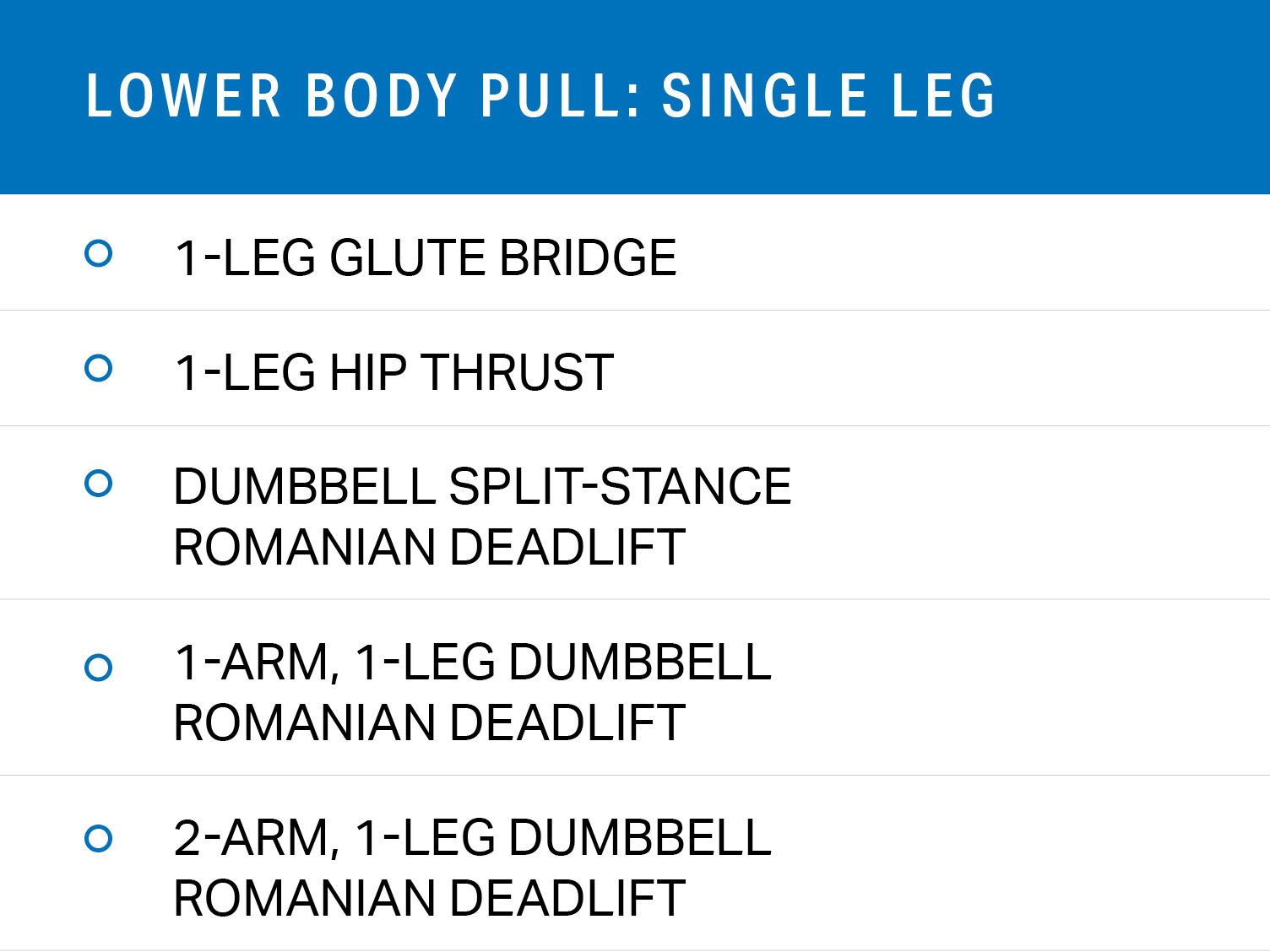
PUTTING YOUR WORKOUTS TOGETHER
Now that we’ve categorized our Big Four exercises, it’s time to structure your workouts using each category for maximum efficiency. These minimalist workouts are best done in three full-body workouts or two upper-body and two lower-body workouts per week.
You can plug whatever exercise you like into each slot. As long as you follow the set and rep scheme and gradually increase your weight over time (5–10 pounds per week), you’ll see results.
As if the first food reference wasn’t enough, think of each component of your workout as a course during a meal.
- Appetizer: Foam rolling, dynamic stretching, activation drills
- Main course: Full-body movements that fall into the above four categories
- Side dishes: Direct muscle-group exercises for the arms and abs
- Dessert: Fat-loss “finishers” such as sprints or circuits
Now you can put it all together with your favorite moves and customize it. Again, it’s simple, but if it’s easy, think about increasing the weights.
SAMPLE 3-DAY/WEEK WORKOUT:

